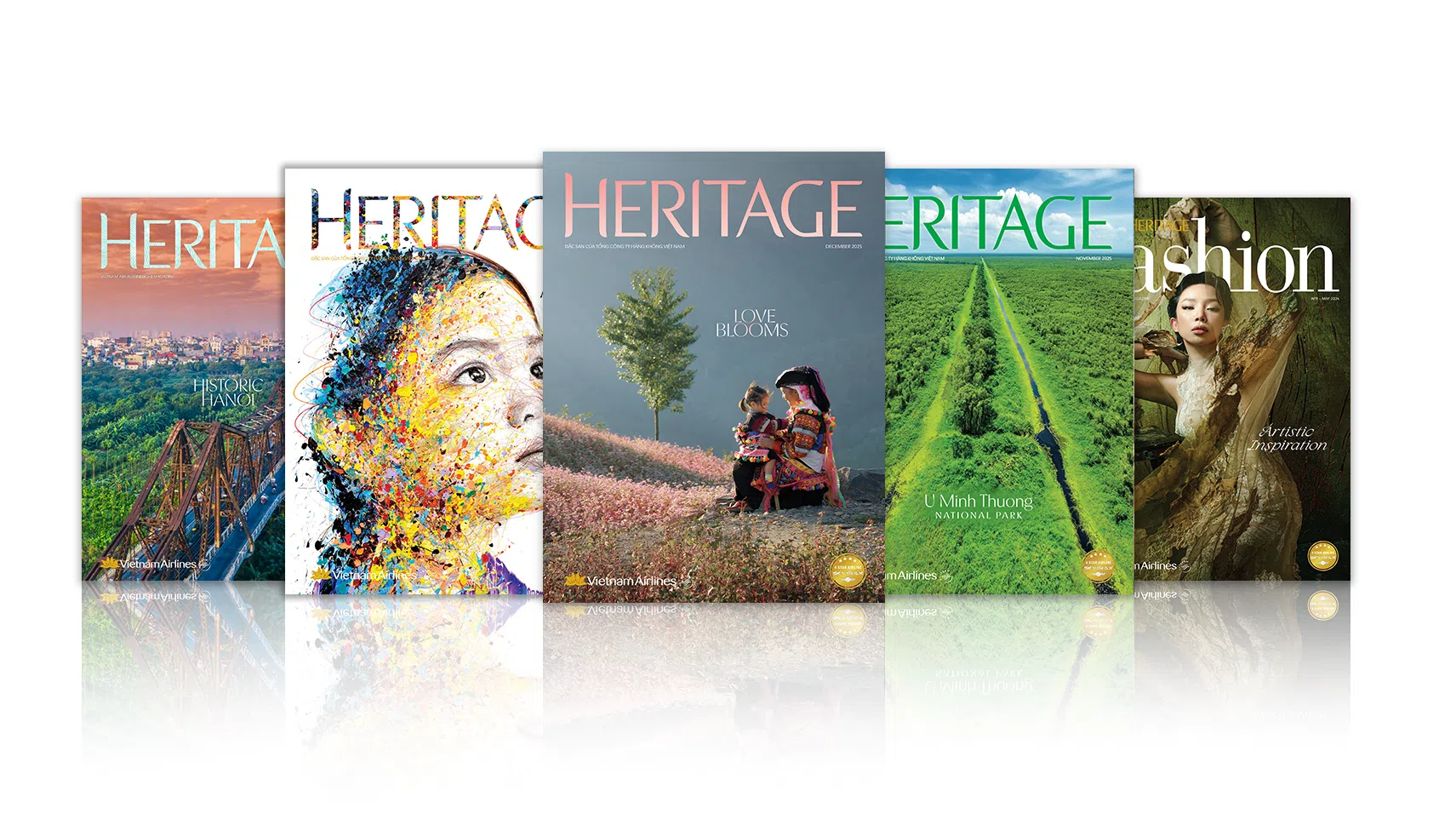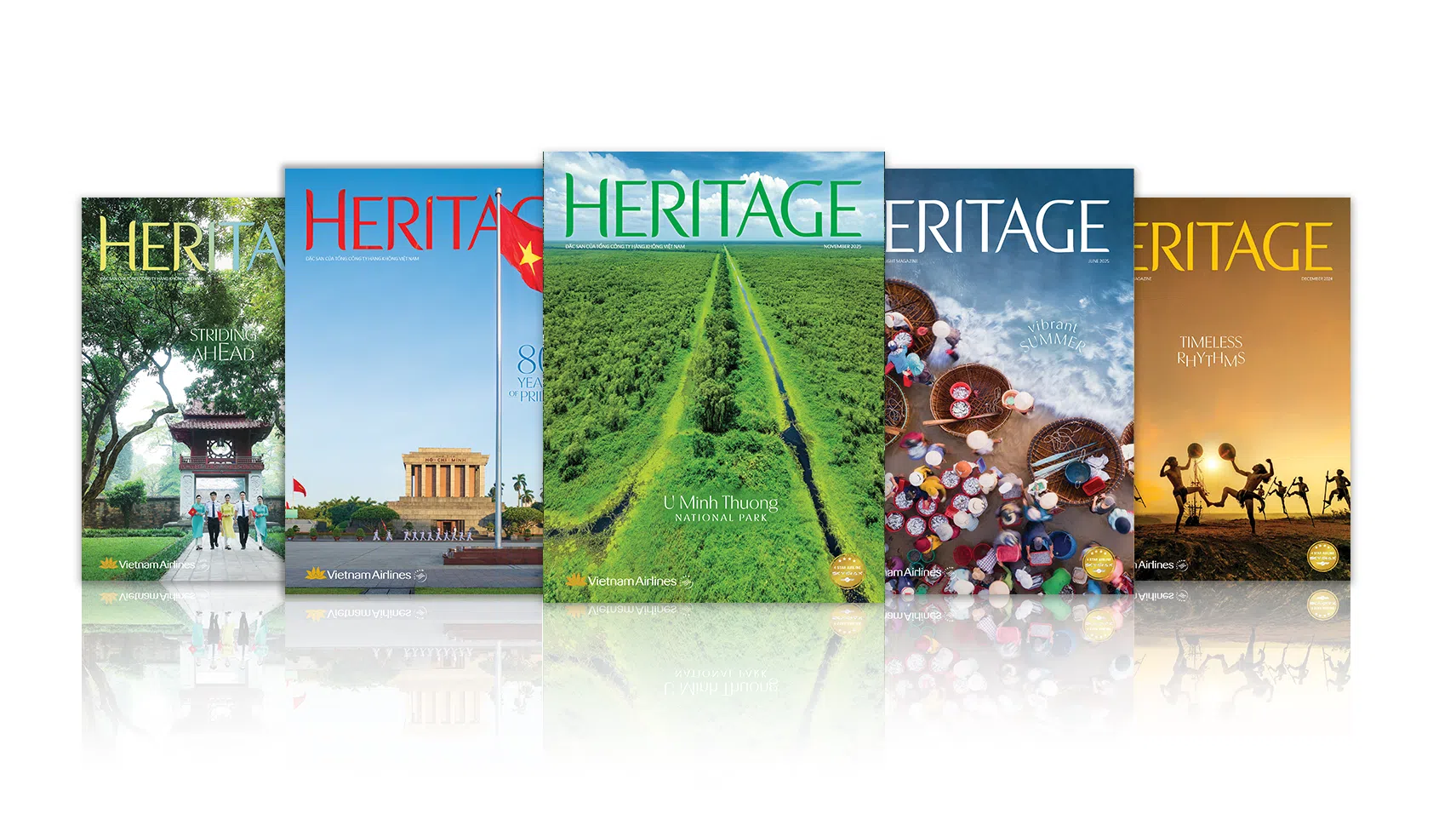Story HANG NGA
Photos INTERNET
Sustainability is a powerful wave in the fashion industry, manifested through ethical production models and the use of organic fabrics.
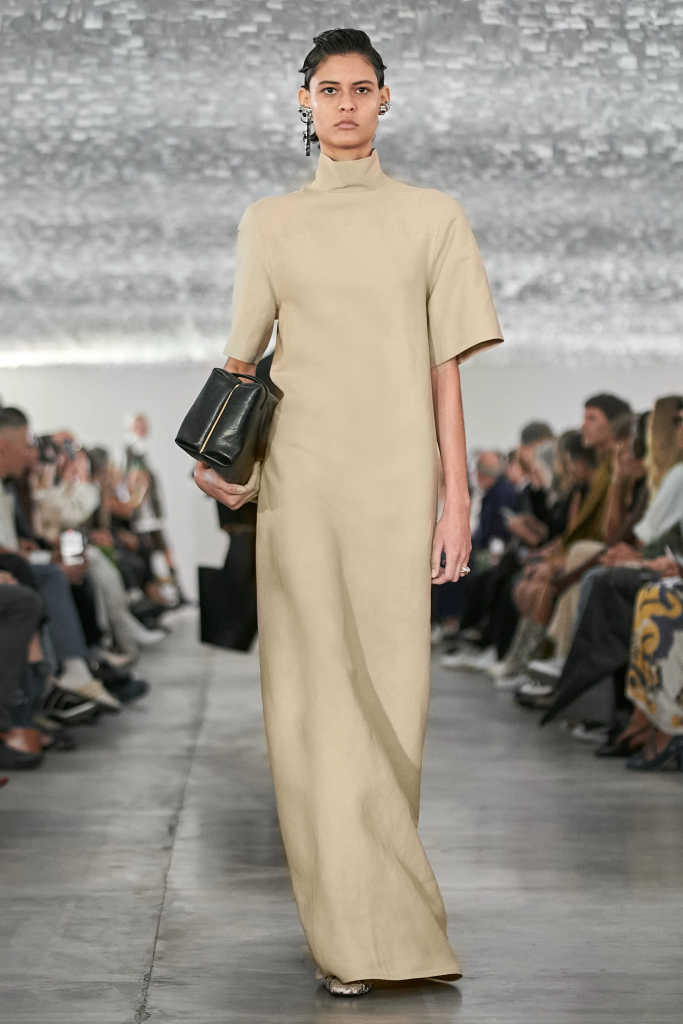
Minimalism with natural fibers
A capsule wardrobe is the perfect choice for anyone looking to reduce clothing consumption. Instead of making fashion overly complicated, they choose neutral, well-fitting and basic clothing. They also prioritize natural materials that are easily decomposable and environmentally friendly, such as hemp, wool, cotton, linen, jute and silk. These are not only soft and comfortable to wear but also limit environmental pollution during their production. Woven bags in this sustainable style have always remained trendy, whether at beach resorts or on city streets. And a plain cotton T-shirt paired with faded jeans has never gone out of style.
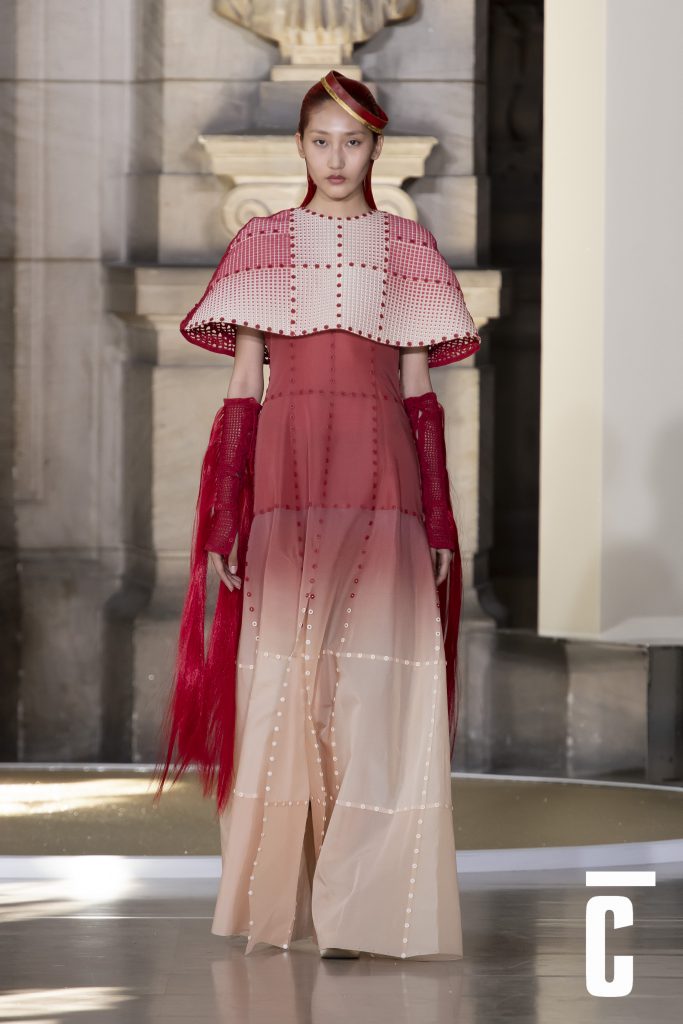
Substitute materials
In addition to demonstrating sustainable values by recycling old fabrics, the search for green materials in the fashion industry is becoming increasingly vital. Stella McCartney’s has already carved out a heritage in sustainable fashion, such as materials used in the Mirum bag that can eventually decompose into soil nutrients, or an alluring jumpsuit made from biodegradable and non-toxic sequins. Iris van Herpen created a collection of 21 designs using recycled fabric from plastic waste collected from the ocean, while Hermès unveiled a vegan leather bag made from mushrooms. Gucci, meanwhile, introduced the Horsebit 1955 bag made from wood pulp and PU leather derived from natural wheat and corn. Vietnam is also part of the green revolution. Peter Do’s Spring/Summer 2023 runway showcased two stunning designs made from 100% biodegradable fabric sourced from waste in the food industry, including shrimp shells and mushrooms.
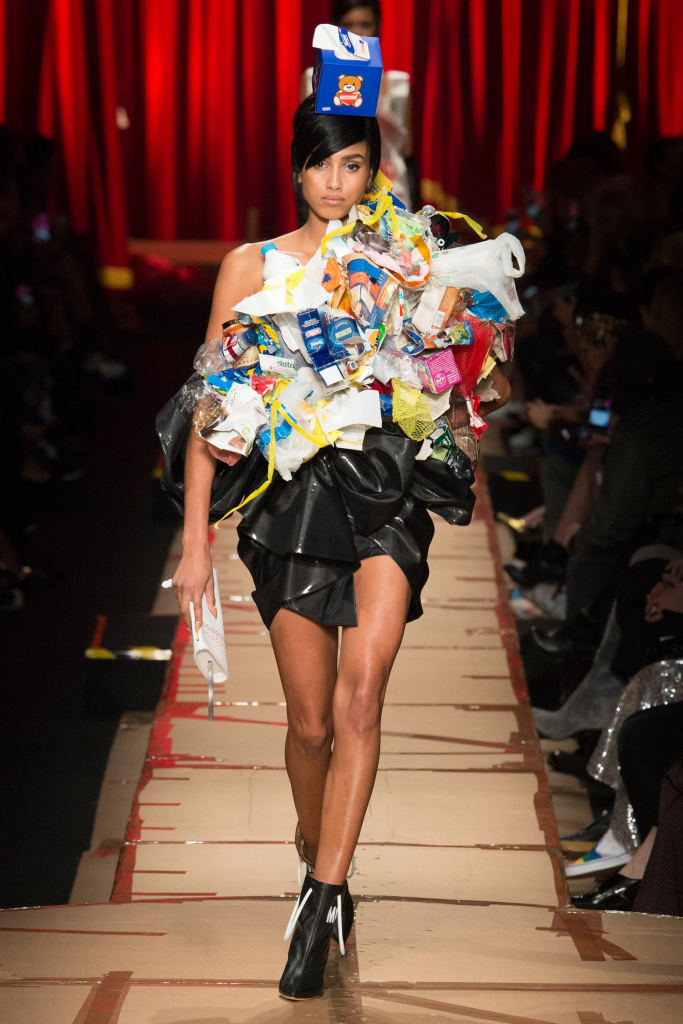
Meaningful messages
To convey a message of sustainability that appeals to consumers and invites reflection on shopping habits, fashion brands are looking to connect with communities. Vivienne Westwood, for example, personally went to Kenya to encourage local residents to participate in creating a collection of bags from recycled and reused materials. The project not only reduces the burden on the environment but also helps disadvantaged women in Africa. Jonathan Anderson, creative director of LOEWE, meanwhile, has created projects such as Eye/LOEWE/Nature and LOEWE x Suna Fujita collection, not only promoting the protection of animals, biodiversity and resource conservation but also contributing part of the proceeds to the Save the Children education fund.
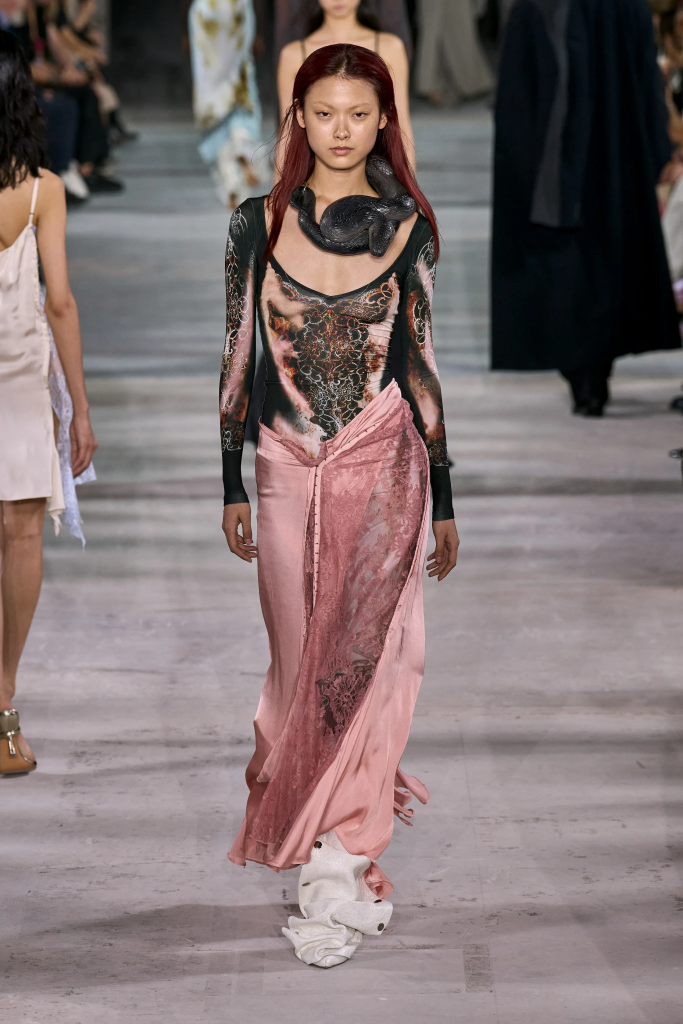
Faux fur
Recently, consumers have had the option of modern clothing inspired by their favorite animal species, all made from faux fur. Although many argue about the environmental friendliness of this material, the truth is that a faux fur coat can become a multi-generational heirloom. And the industry has room for new advancements in technology to make the material more sustainable. Faux fur created from plants is still under research, and seeing how designers have made a powerful impression with vegan leather, we can be excited about the potential of plant-based faux fur. In addition, through the unique characteristics of each animal, fashion houses still have the opportunity to draw inspiration from nature.







